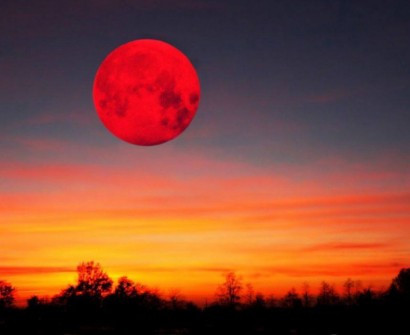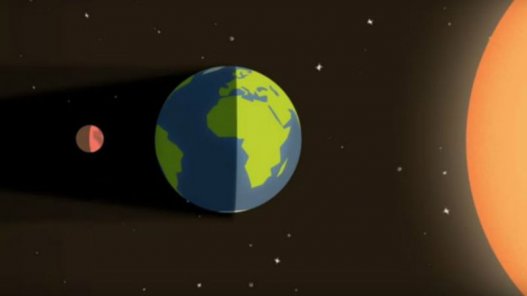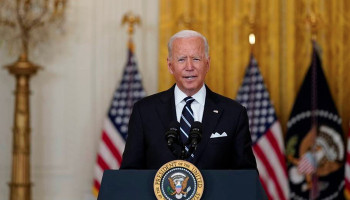Bloody supermoon will be 'eclipsed'
 One of the rare celestial phenomenon a total supermoon eclipse awaits sky lovers on September 28. The last such event, when a total lunar eclipse coincided with a 'Supermoon' occurred 33 years ago, and it has happened only four times in the last 115 years. That combination hasn't been seen since 1982 and won't happen again until 2033. A 'super blood moon' only happens during a lunar eclipse and when the moon is at its closest point to the Earth in its orbit. As the the moon passes into the shadow of the Earth, it takes on a deep-red colour due to the only sunlight reaching it being refracted through the planet's atmosphere. A supermoon is a moon which looks a bit bigger than its usual size, since it's a bit closer to the Earth than otherwise, explains N Sri Raghunandan Kumar, director of Planetary Society of India. "Because the orbit of the moon is not a perfect circle, the moon is sometimes closer to the Earth than at other times during its orbit," NASA scientist Noah Petro said adding there's no physical difference in the moon. "It's about 14 per cent larger than normal, NASA reports. What is uncommon is for a total lunar eclipse to coincide with a Supermoon. There have been just five such events since 1900 (in 1910, 1928, 1946, 1964 and 1982), NASA said. This is the last total lunar eclipse visible anywhere on Earth until 2018, according to Sky and Telescope magazine. The total lunar eclipse will be visible in the region covering the Western Asia, Africa, Europe, the Americas excluding the western half of Alaska and the Arctic region. The phenomenon will however, be not much visible in India except extreme Western parts of Gujarat and Rajasthan. The places from where the beginning of the umbral phase (When Moon enters Darker Shadow of Earth) is visible at the time of moonset are Afghanistan, Pakistan and some parts of Kazakhstan , the western part of Russia and extreme western part of Gujarat and Rajasthan in India, Raghunandan said. The places from where the ending of umbral phase is visible at the time of moonrise are the South Pacific Ocean, the North Pacific Ocean and the eastern part of Alaska. The next eclipse which will first occur in year 2016 is a total solar eclipse on March 9, 2016 and the next lunar eclipse will occur is on 23 March, 2016 which is penumbral lunar eclipse. The timings of the eclipse in India: Eclipse in various phases begins at 5.40 am and ends at 10.53 am. The noticeable Umbral phase begins at 6.37 am and ends at 9.57 am wherein total phase begins at 7.41 am and ends at 8.53 am. The umbral phase is not visible in India as the Moon sets before Umbra phase begins at 6.37 am like Moonset timings of some places like Itanagar (5.01 am), Kolkata (5.23 am), Delhi(6.09 am), Hyderabad(6.04 am), Bhopal(6.09 am), Vijayawada(5.55 am), Tirupati(5.59 am), Kanyakumari(6.07 am). Penumbral phase of eclipse begins at 5.40 am but it is not noticeable with naked eye. |




















